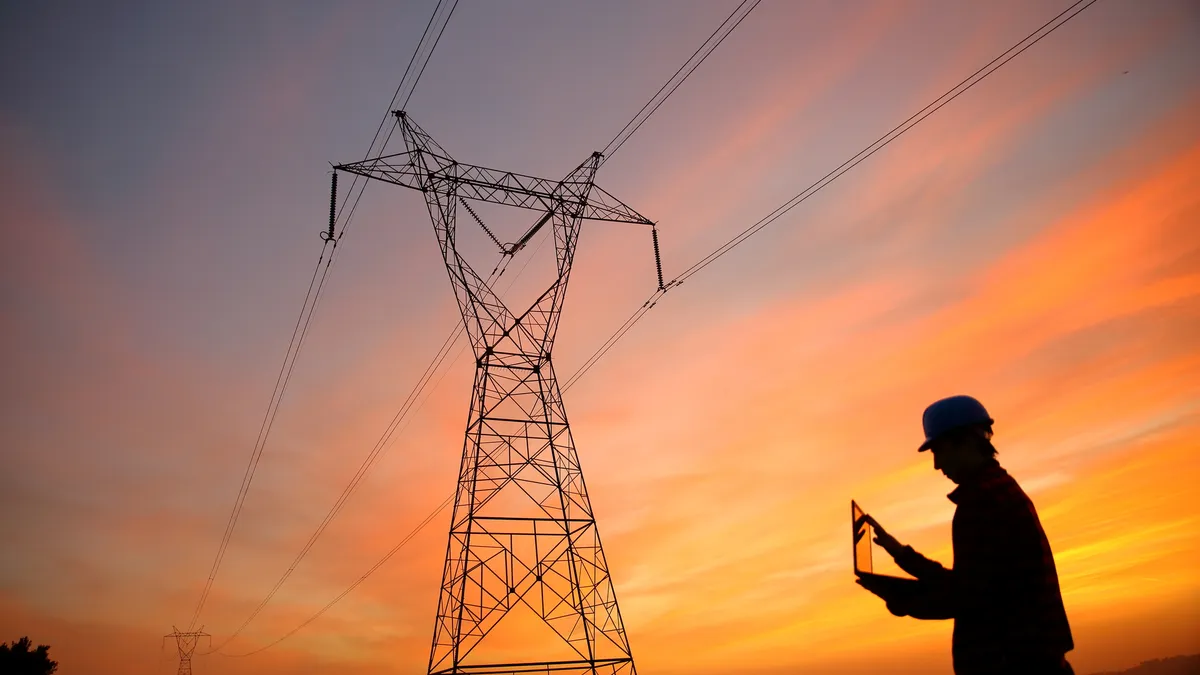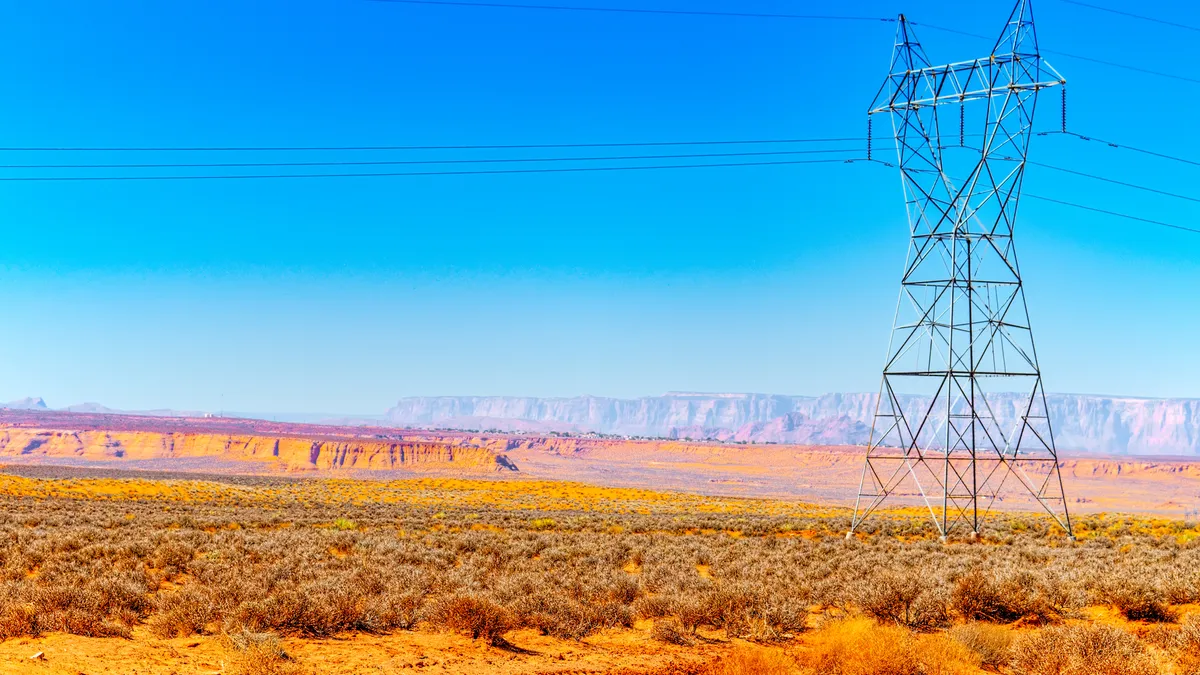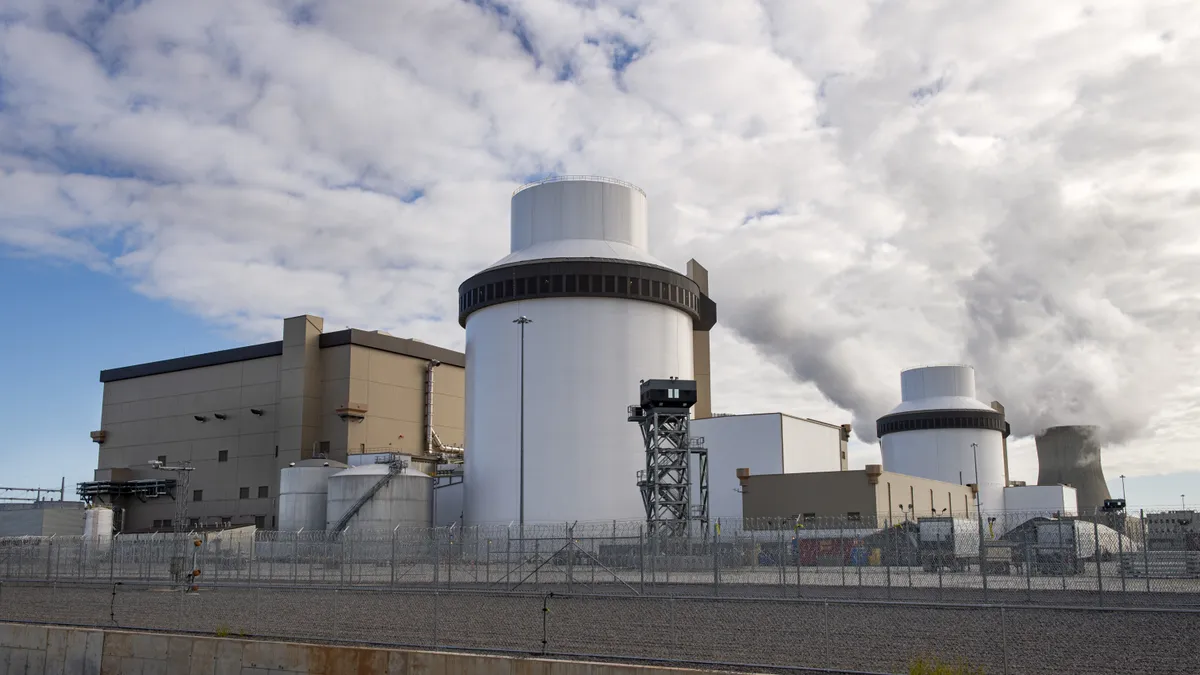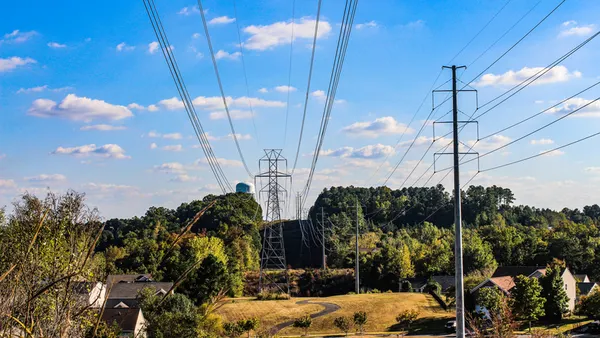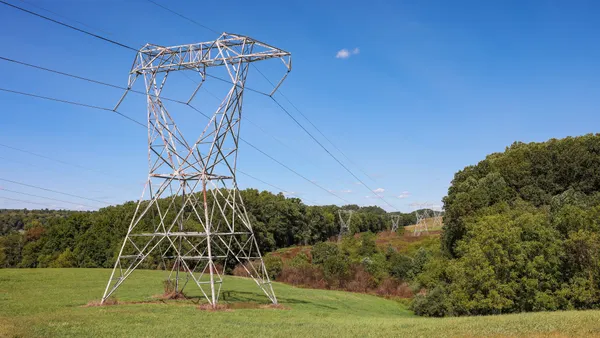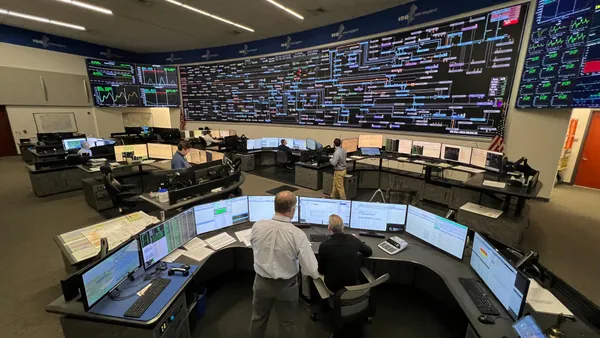Dive Brief:
- To unlock the full potential of distributed energy resources in the next five to 10 years, utilities and grid operators must improve DER interconnection processes by increasing data access, streamlining study workflows and revising cost allocation approaches, according to a Jan. 16 report from the U.S. Department of Energy’s Interconnection Innovation e-Xchange, or i2X.
- DER interconnection challenges are compounded by “significantly different resource availability, technology capabilities and grid impacts” for different technologies, such as wind, solar, small hydropower and energy storage, i2X said in its Distributed Energy Resource Interconnection Roadmap.
- “Interconnection delays can definitely be a huge impediment for DERs, especially on the nonresidential side … [and] can also be a big reason why developers choose to exit certain states even with seemingly good economic opportunities,” said Hanna Nuttall, a U.S. distributed storage research analyst with Wood Mackenzie.
Dive Insight:
From 2010 and 2023, the number of U.S. residential rooftop solar PV systems rose from 89,000 to 4.7 million as the capacity of community solar installations grew from 1 GW to 7 GW, according to the i2X road map. Globally, energy storage capacity is expected to quadruple from 2018 to 2030, driven in large part by electric vehicles and related equipment, i2X said.
At the same time, interconnection waits are lengthening, even for relatively small DERs. In California, for example, the median interconnection wait for systems between 50 kW and 100 kW increased from about 60 days in 2010 to 100 days in 2022, i2X said.
“This is really a problem that can plague systems of any size,” Nuttall said. “Anecdotally, you could have a 100-kW solar system stuck in the queue for years.”
The i2X road map defines DERs as systems that meet three criteria:
- Interconnected to distribution and sub-transmission systems not under Federal Energy Regulatory Commission jurisdiction;
- Sized from “small behind-the-meter, kW-scale systems to larger, in-front-of-the-meter systems less than 80 MW,” and,
- Technologies subject to interconnection study, such as wind, solar PV, small hydropower and energy storage, but generally not demand response or electric vehicles.
The i2X grouped its recommendations for improved DER interconnection processes into four broad groups: enhancing interconnection studies through “more transparent and accessible data sharing and strategic use of automation;” streamlining the interconnection process to reduce bottlenecks; promoting economic efficiency in interconnection to reduce costs to ratepayers; and addressing the performance of inverter-based DERs to maintain and enhance grid reliability and security.
“DOE put forth some really good recommendations here, some of which some utilities [already] do to a certain extent,” Nuttall said.
Those include publishing hosting capacity maps that improve DER developers’ and owners’ access to grid data; moving toward flexible interconnection practices that weigh the economic impact of unscheduled congestion-related curtailments against grid upgrade costs borne by developers; setting standard interconnection timelines; and reforming the “cost-causer pays” model to spread costs for interconnection-related upgrades among a wider group of beneficiaries, Nuttall said.
“We really need a lot of innovation to get DERs onto the system,” especially on more congested grids like ISO New England’s, she said.
The i2X road map set five targets to track progress on DER interconnection reform: shorter interconnection times; higher interconnection completion rates; better availability of interconnection data; no “[bulk power grid] disturbance events exacerbated by inaccurate DER modeling;” and faster service restorations after power outages.
By 2030, the road map aims for median interconnection times of one day or less and completion rates greater than 99% for systems smaller than 50 kW, under 75 days and greater than 90% for systems between 50 kW and 5 MW, and under 140 days and greater than 85% for systems 5 MW or larger. Additionally, it targets a 25% reduction in average outage duration and envisions “public, detailed and current queue data” available for all U.S. states and territories.


